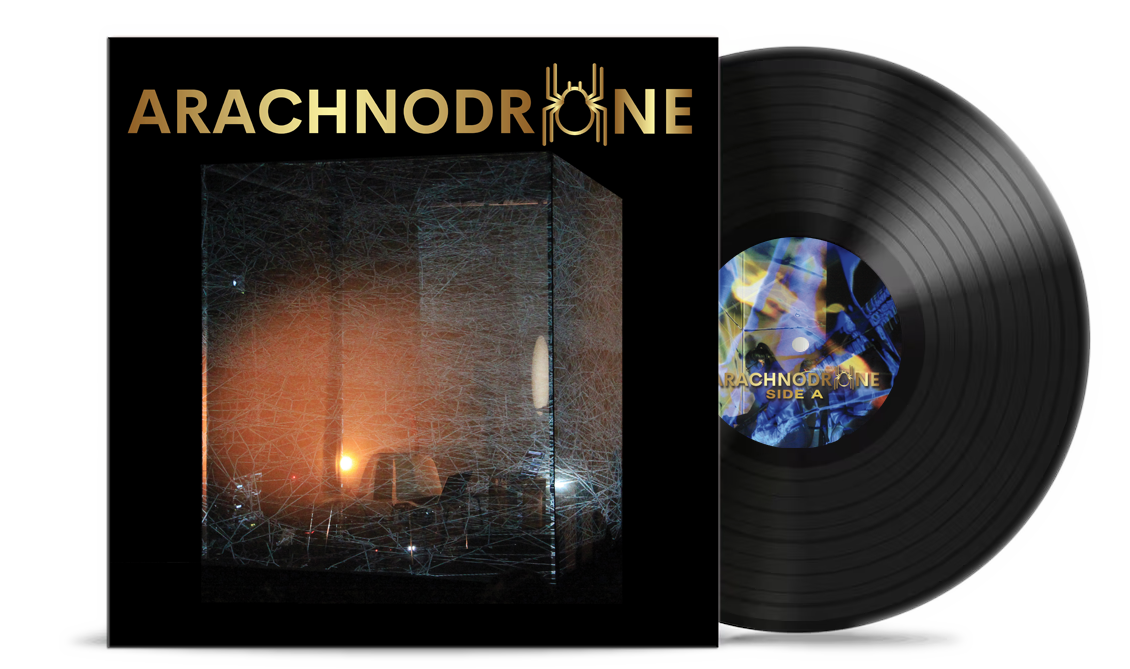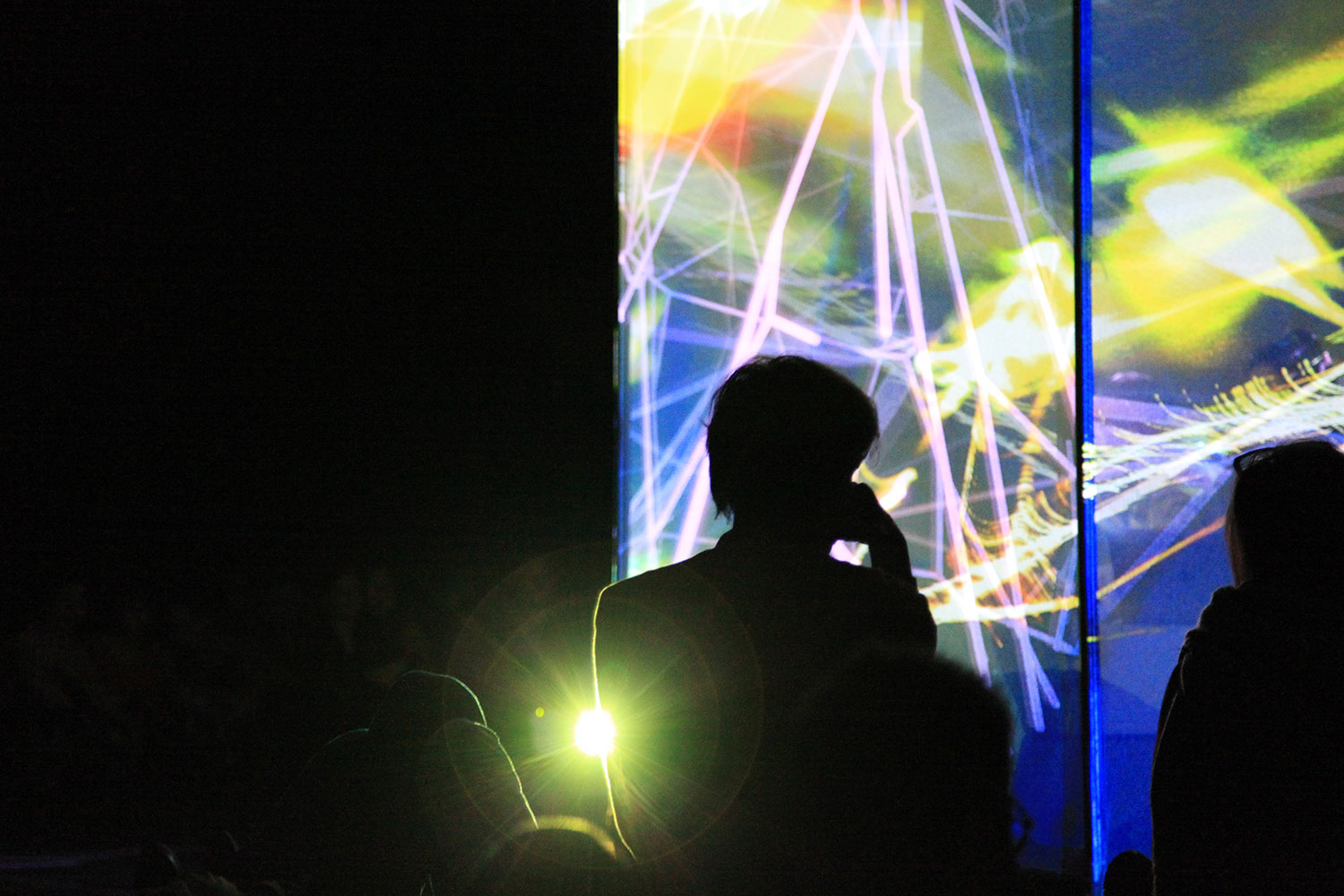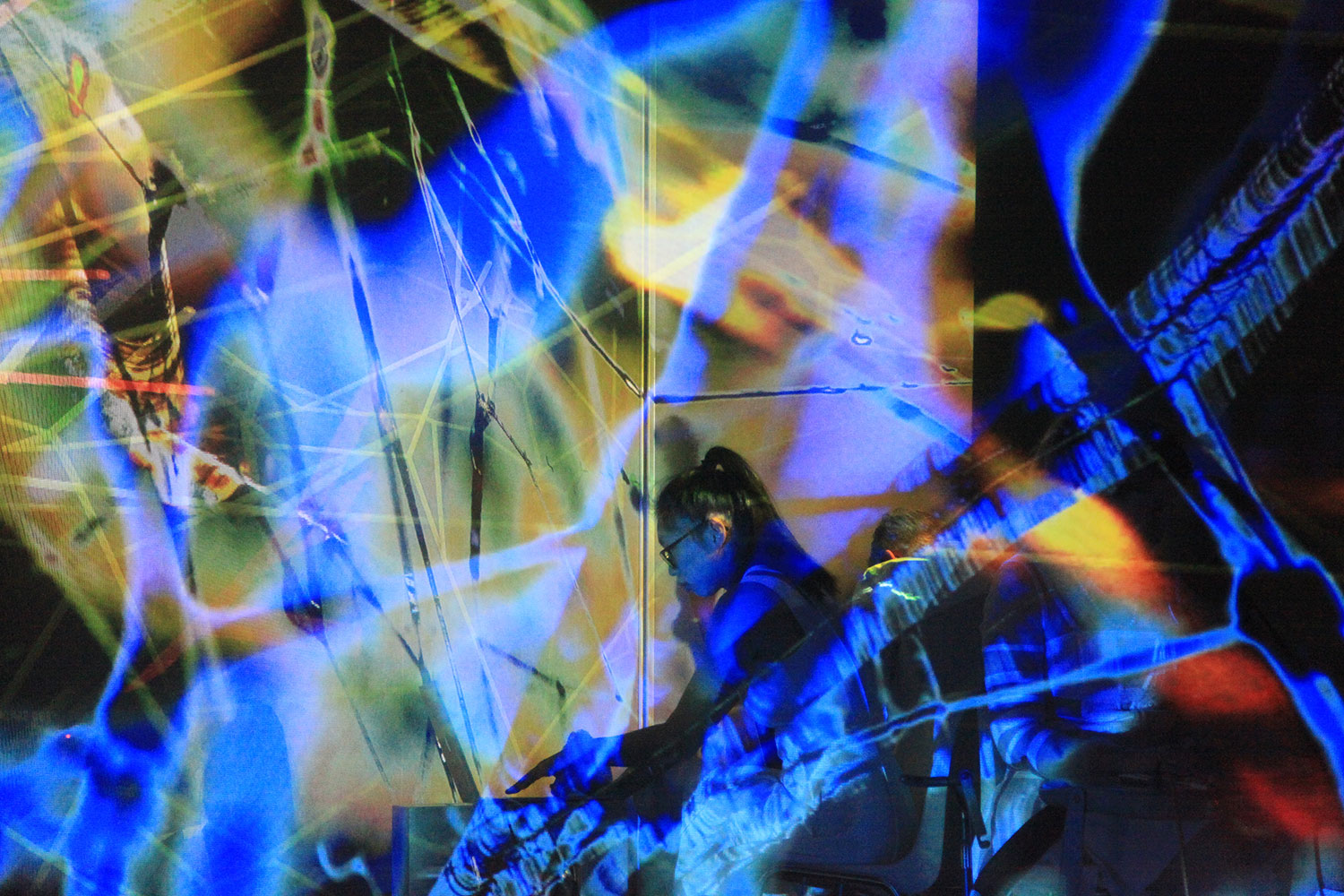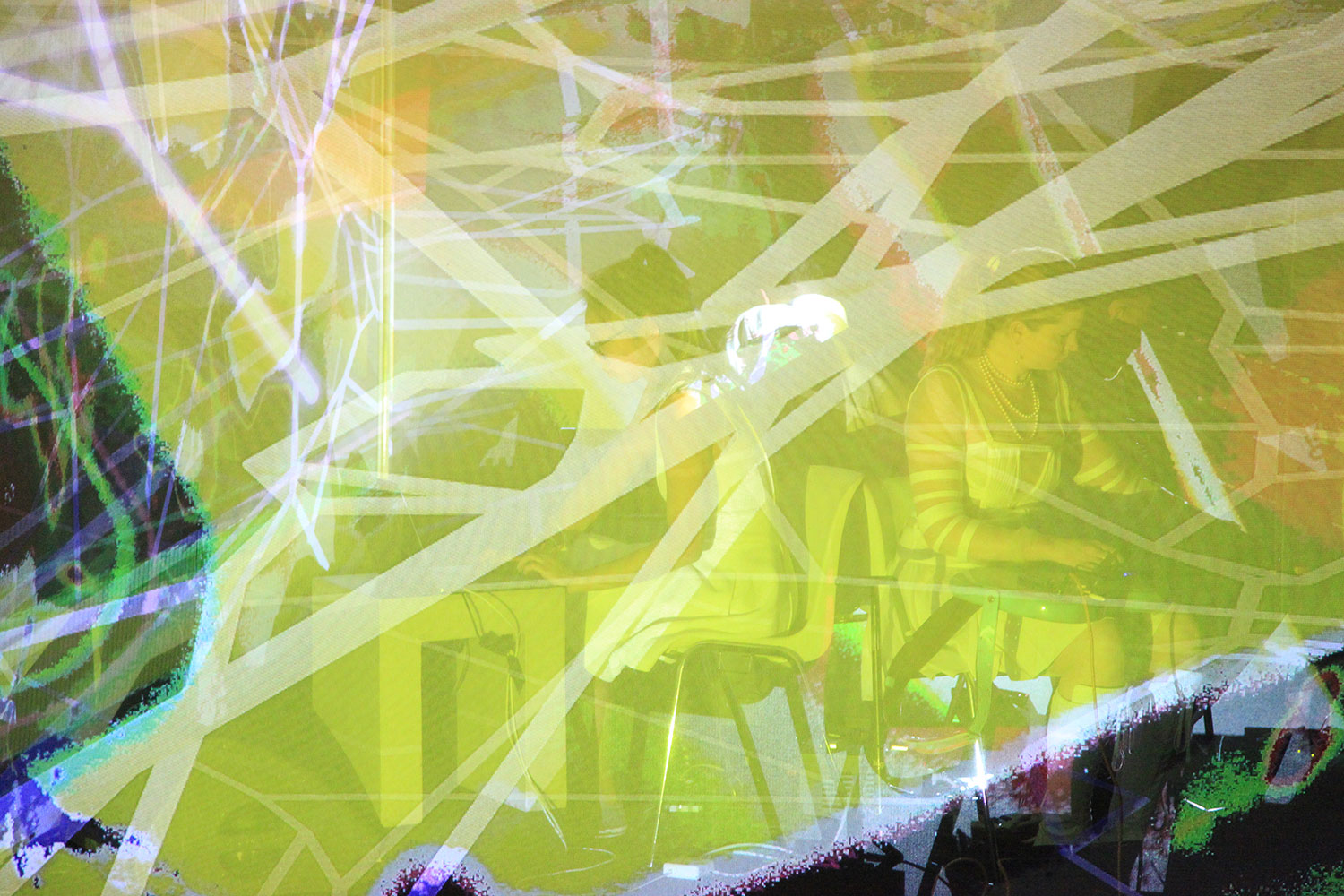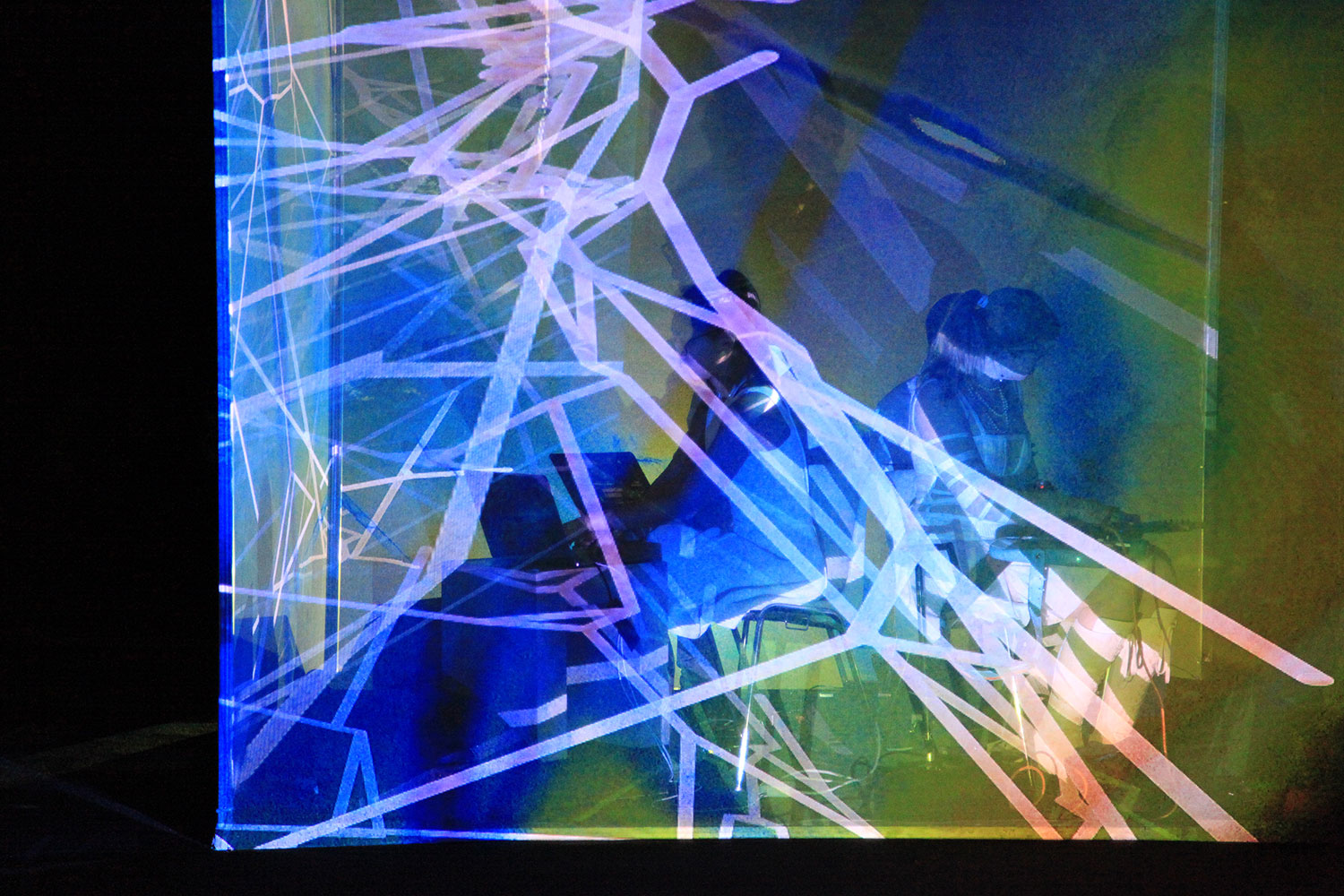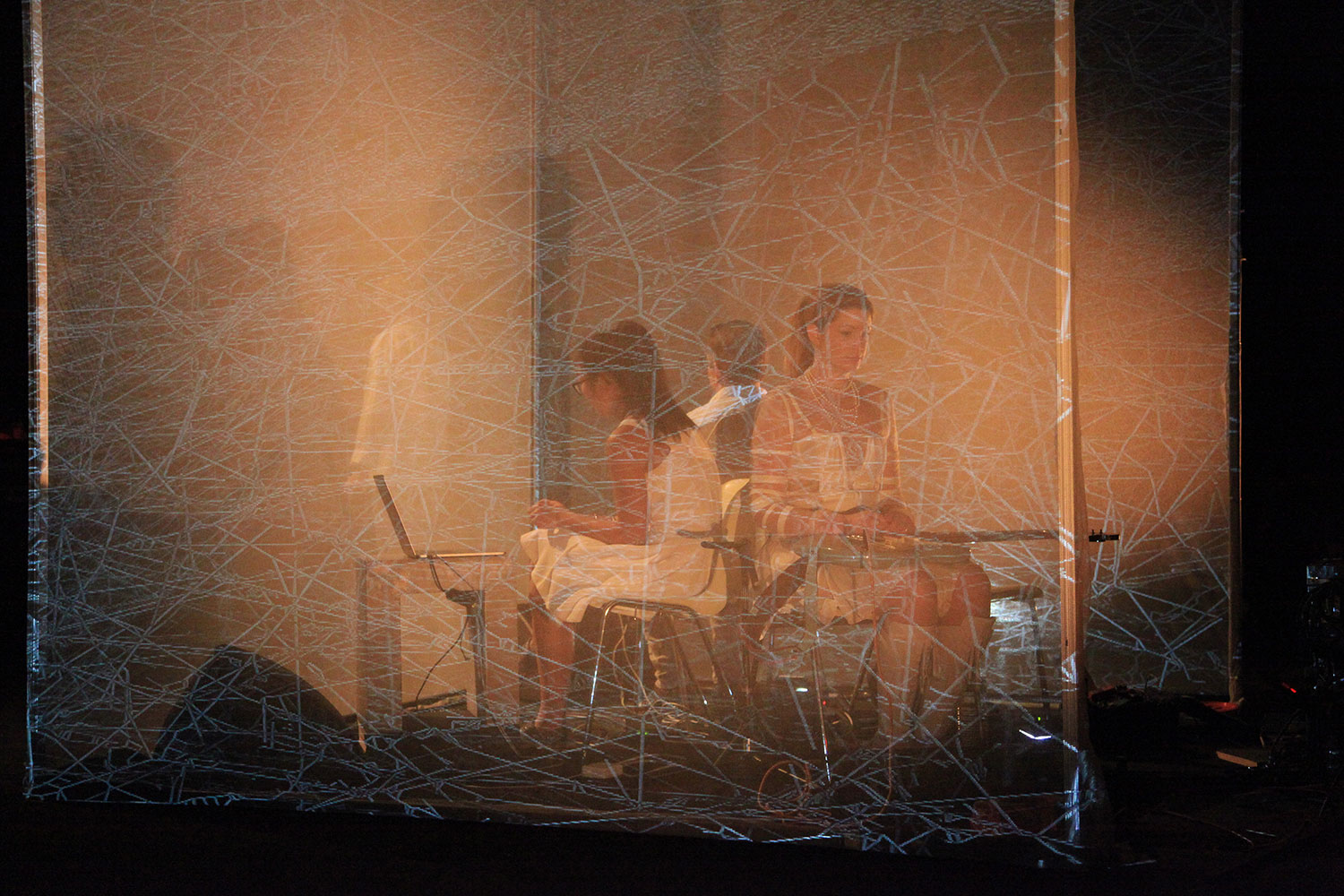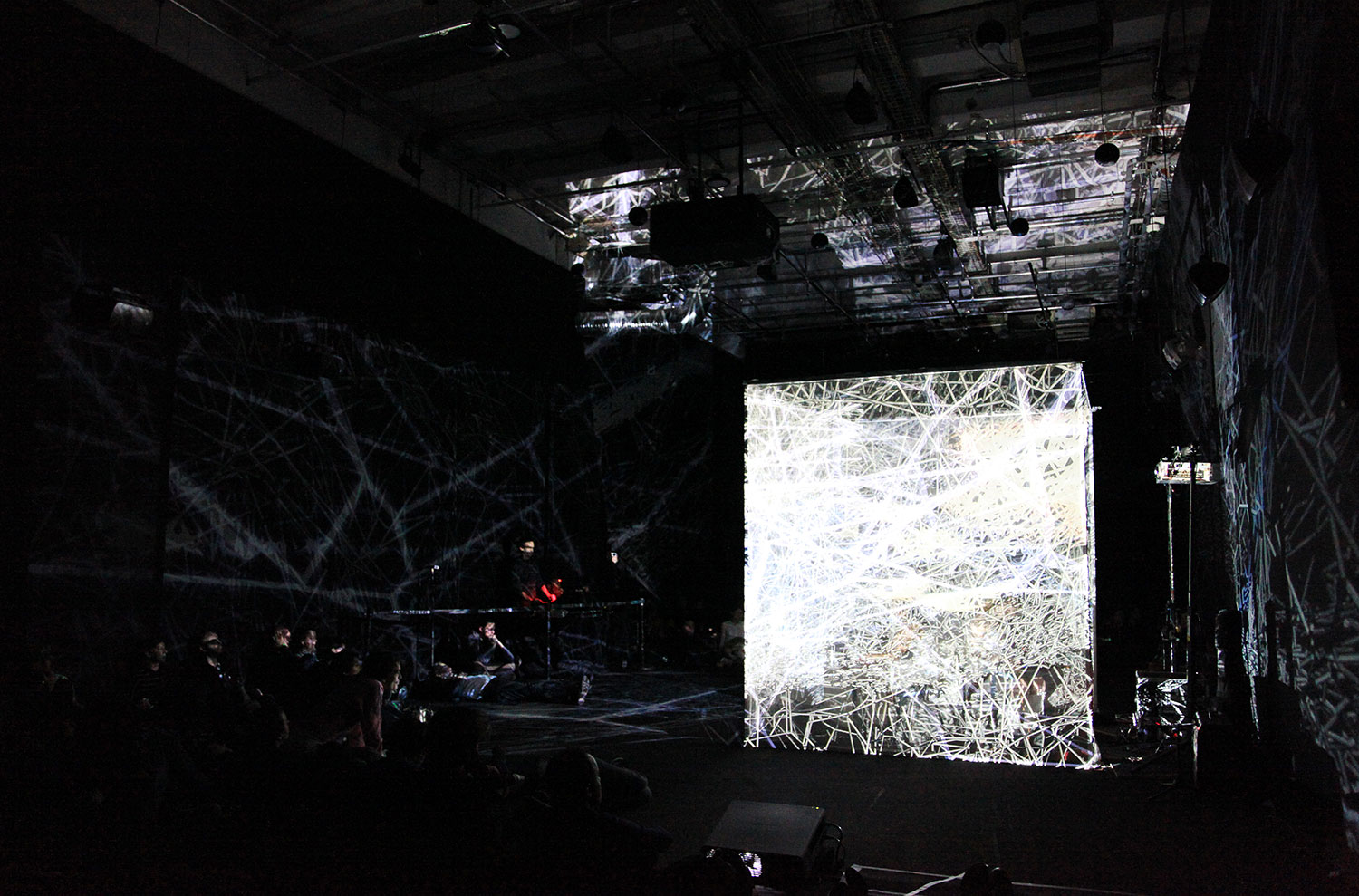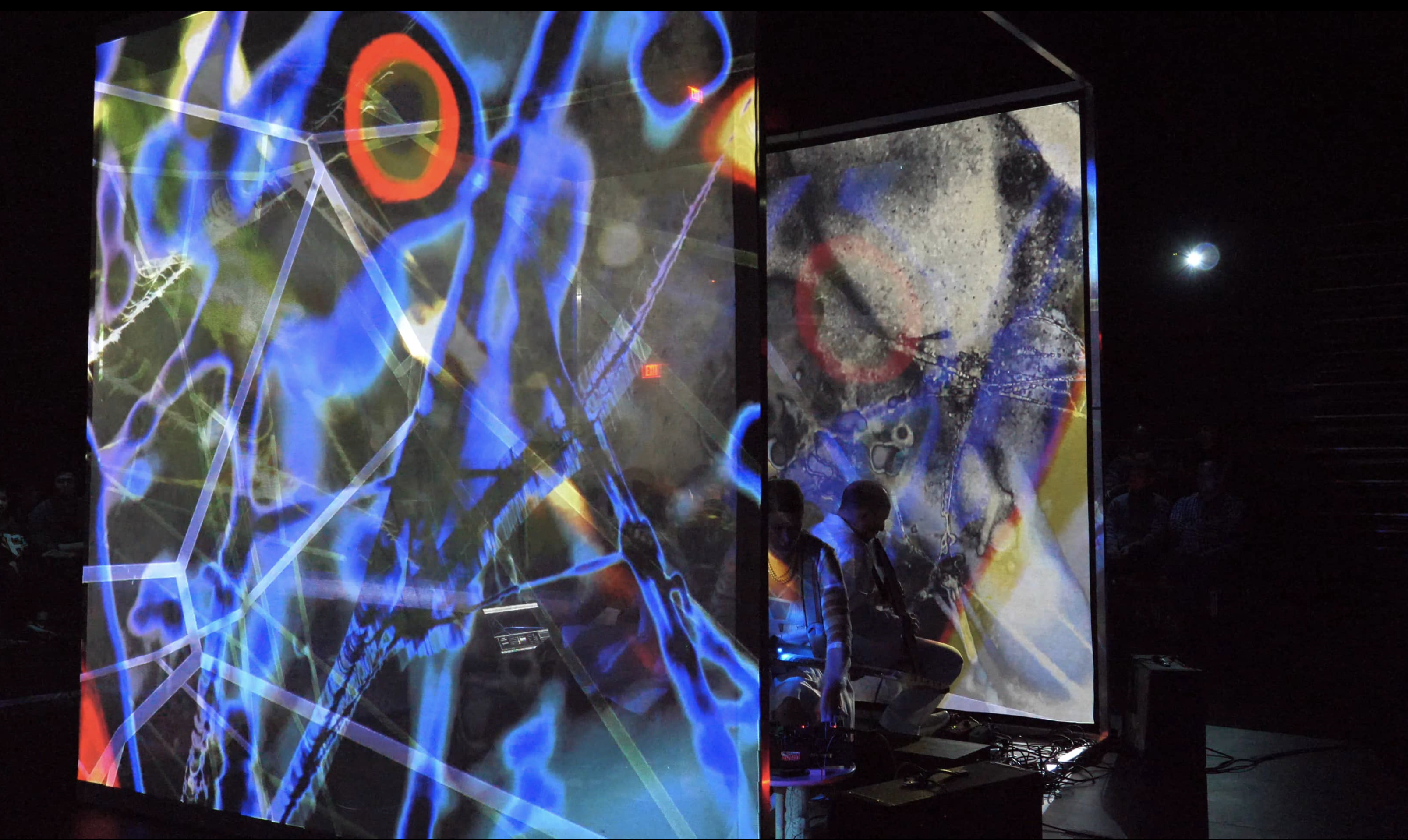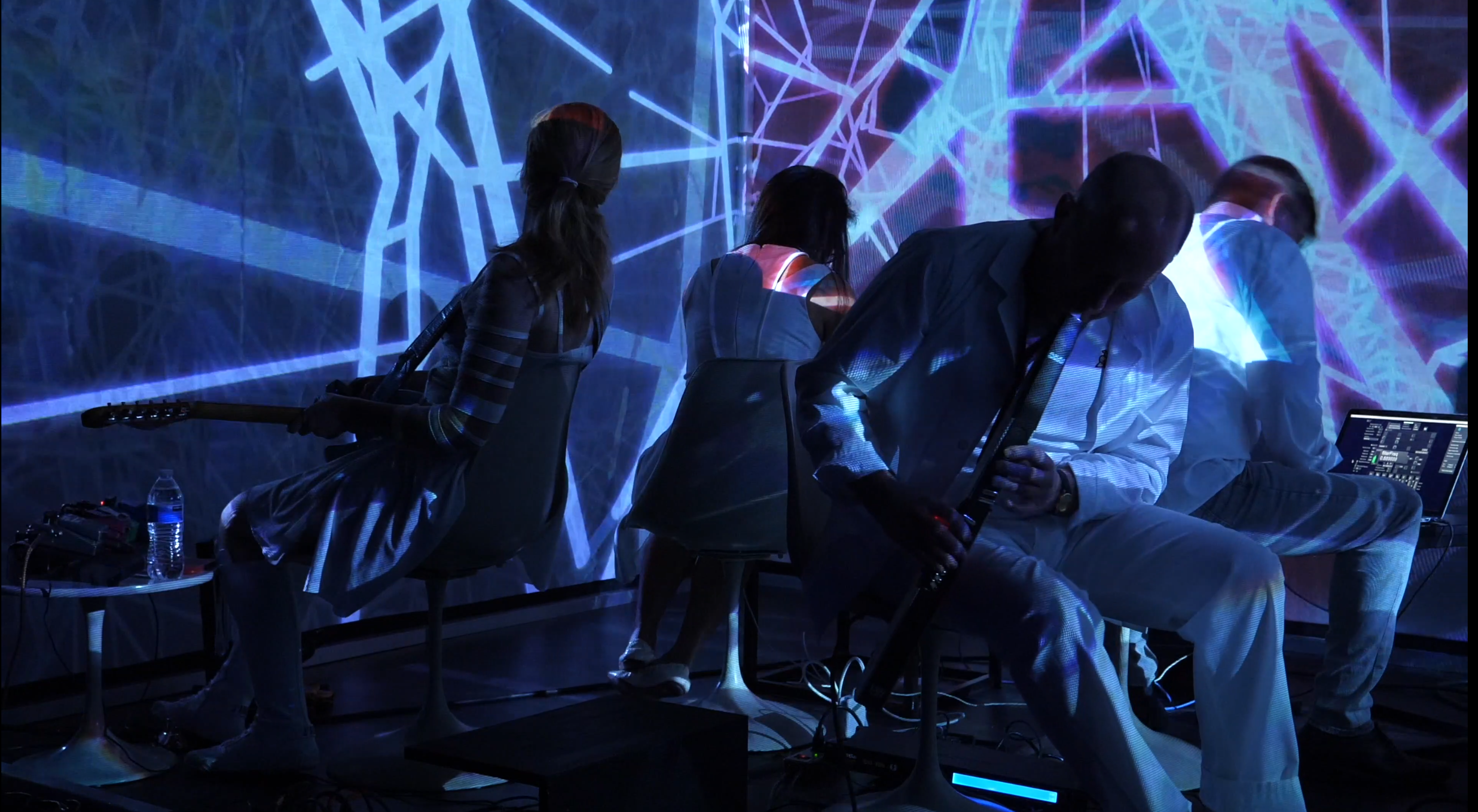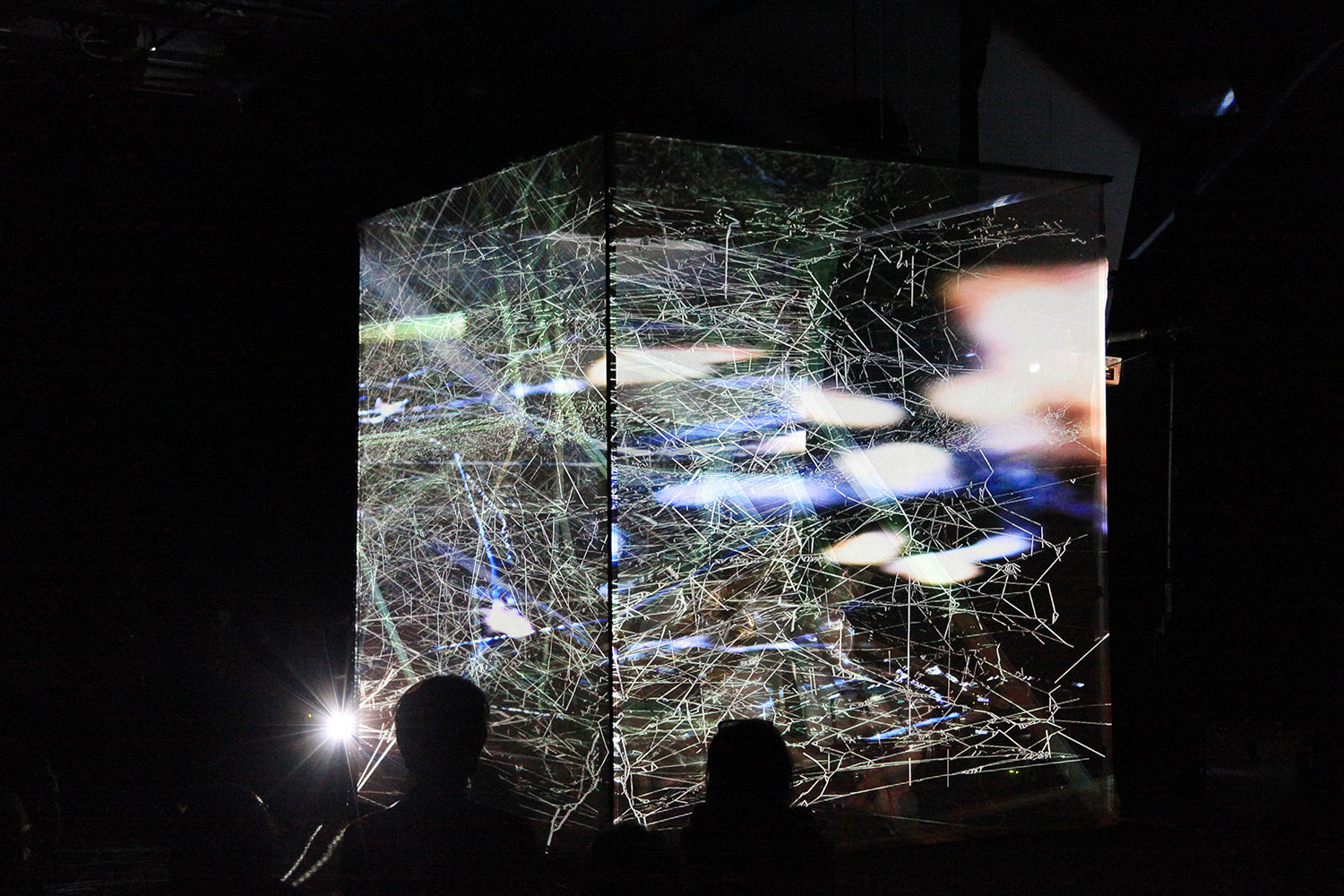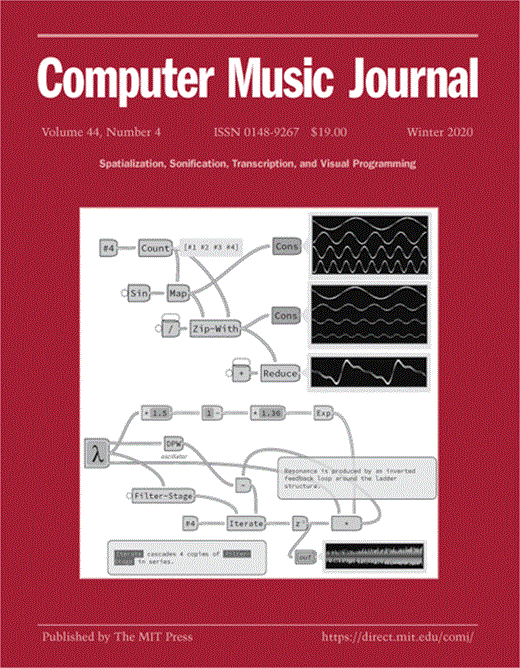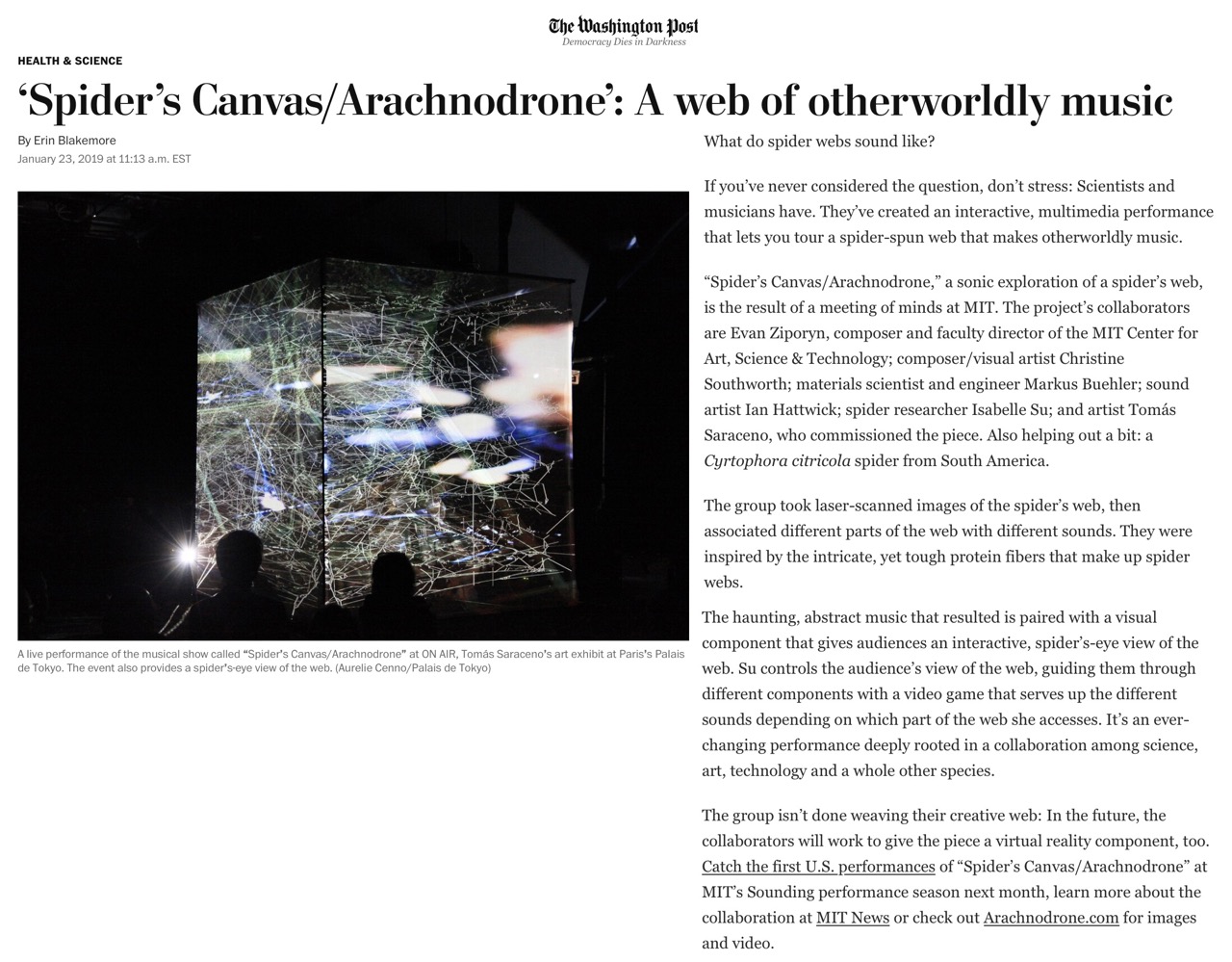Arachnodrone
We play in the Canvas of the Spider, her web is our instrument.


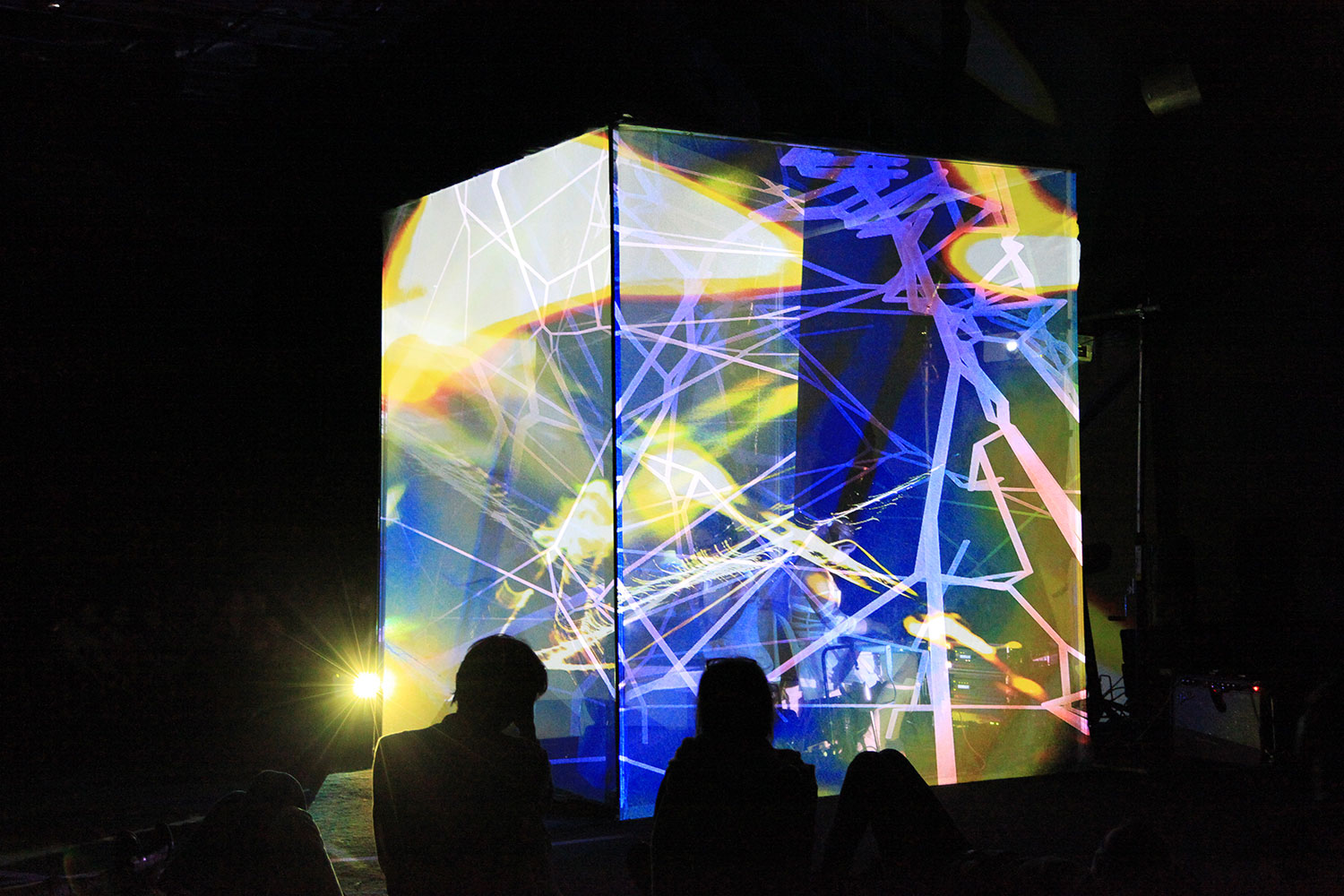
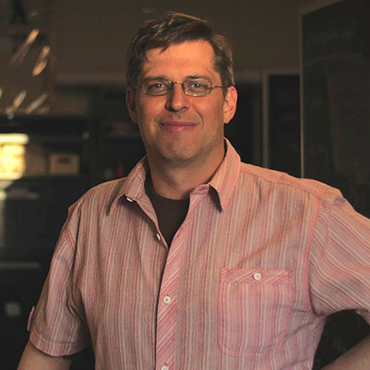
Artist, researcher, and technology developer focused on the creation and use of digital systems for professional artistic performances, specifically interested in the use of multimodal hardware systems to explore and facilitate social and embodied interaction.
Website

Multimedia composer dedicated to creating art born from a cross-pollination of sonic & visual ideas inspired by intersections of technology & art, nature & machines, and art from cultures around the world.
Website
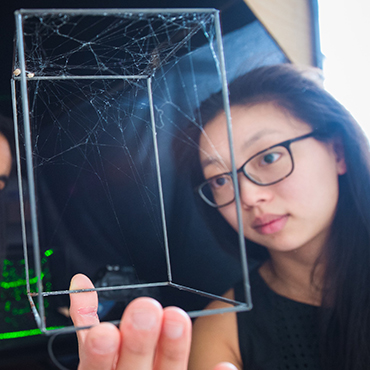
MIT LAMM 2021 PhD specializing in computational methods to understand and validate the mechanical properties of silk and spider webs.
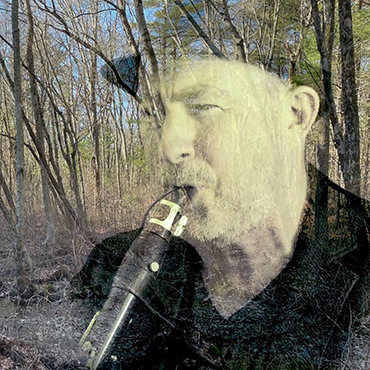
Kenan Sahin Distinguished Professor of Music and Faculty Director of MIT CAST, conductor/composer/clarinetist who has forged an international reputation through his genre-defying, cross-cultural works and performances.
Website
Video
Photos
Calendar
September 22, 2023-May 2024
MIT Museum, 314 Main Street, Cambridge, MA
Get caught in our web at MIT Museum! Now through May, 2024, open 7 days a week 10am-5pm.
September 26, 2023 / 6:00–7:30pm
MIT Museum, 314 Main Street, Cambridge, MA
Cambridge Science Festival
A performance combining spider web sonification, electronics, and musical improvisation will be followed by a panel discussion moderated by Evan Ziporyn and featuring Christine Southworth ’02; Isabelle Su, PhD ’21; Erin Kara, Class of 1958 Career Development Assistant Professor of Physics; and Kyle Keane, Lecturer, MIT Department of Electrical Engineering and Computer Science (EECS).
November 9, 2023 / 6:00-9:00pm
MIT Museum, 314 Main Street, Cambridge, MA
MIT Museum After Dark
September 21, 2023-Fall 2024
MIT Museum, 314 Main Street, Cambridge, MA
January 30 2021
Oxford
September 23 2020
Starlight Square
Spring 2019
MIT.nano
February 16, 17, 18 2019
MIT W97
November 23 2018
Palais de Tokyo
News & Publications
If you’ve never considered the question, don’t stress: Scientists and musicians have. They’ve created an interactive, multimedia performance that lets you tour a spider-spun web that makes otherworldly music.
“Spider’s Canvas/Arachnodrone,” a sonic exploration of a spider’s web, is the result of a meeting of minds at MIT.
